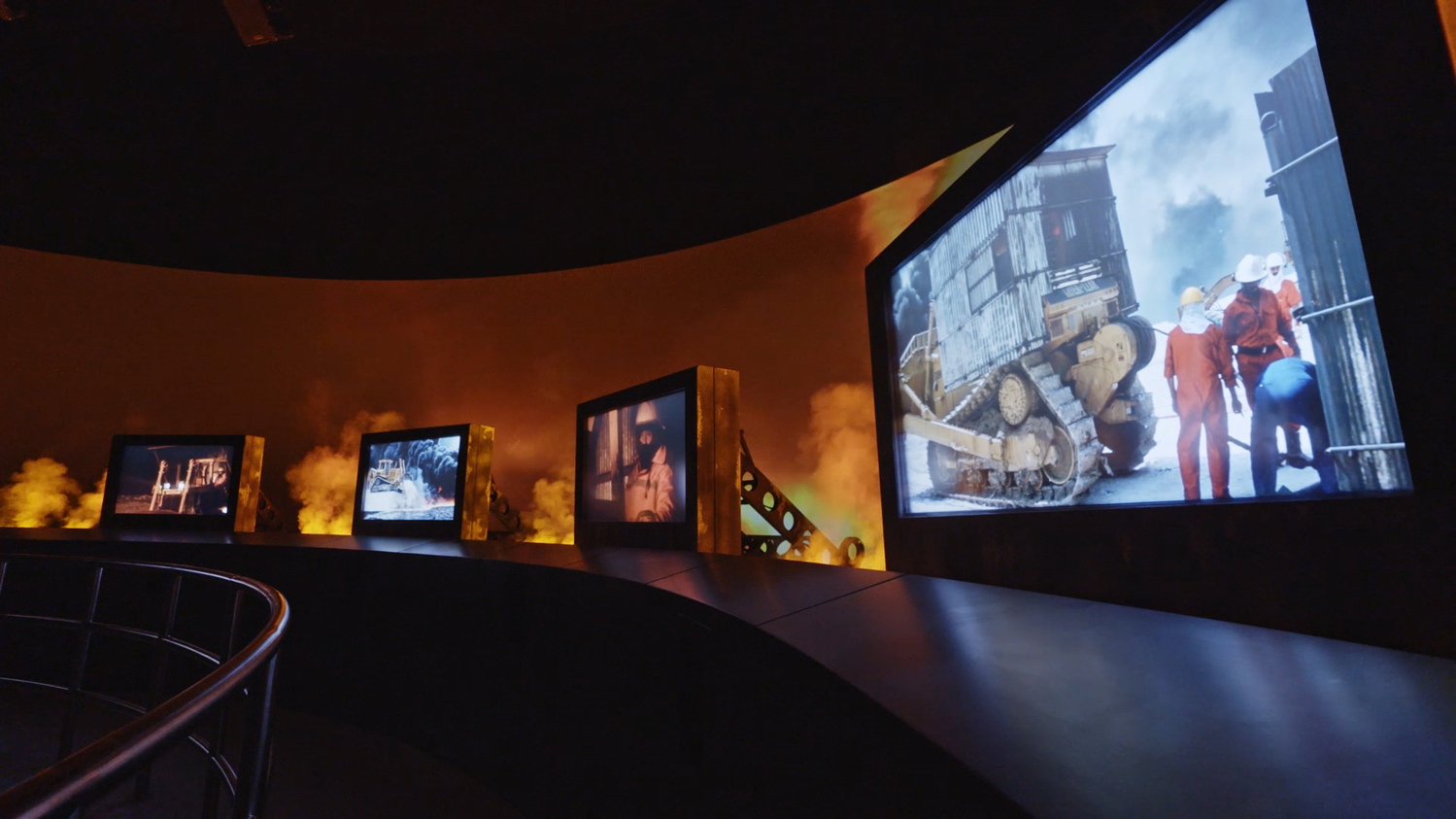
What You Need to Know When Planning Your First Video Wall
You’ve seen them in hotel lobbies, at the mall, in theme parks, and at sporting venues. Video walls are almost everywhere. Thanks to a decreasing price point, companies are recognizing more opportunities to engage customers visually and experientially with direct-view LED walls. But there are important factors to consider before you dive in.
Video Walls: What They Are and How They Work
The sky really is the limit with what you can do with a video wall. They can be used to display all-text signage or play video. They can educate, promote, or entertain. A direct-view LED wall consists of thousands of LEDs placed next to each other in an array. As the viewer steps away, the LEDs create a cohesive image.
In addition to the LEDs, a direct-view LED wall consists of several pieces of hardware. There’s typically the mounting hardware, a media server, and a processor. The media server is a computer that stores the content and can feature a user interface that allows you to control when the video plays.
The media server typically sends a video signal to the processor that’s associated with the LED wall, and the processor takes that video signal, converts it to information that the LEDs listen to, and scales it to the appropriate location. And, voila—you have a functioning video wall.
But before you get to that point, there are many factors to consider.
Other Things to Know about Direct-view LED Walls
Here are a few pointers to get you started in the right direction when planning your first video wall.
- The content comes first. The type of content you’ll display will drive hardware decisions down the line, so it’s important to know what you want to display. Is the purpose simply to display text, such as a train schedule? Or will you show high-resolution images, like abstract art? When designing for text you can get away with a lot more in terms of the value engine, versus high resolution where image quality is paramount.
- Generative content. This is a current trend we're seeing at Electrosonic. Traditional video involves a file that is exported from a piece of software, similar to a video file that you’d play at home. This type of content must be rendered regularly by the client or a third-party content provider. The file must then be uploaded to the media server. Generative content reduces some of this overhead. It’s created in real-time based on programming parameters. Generative content can be both beautiful and dynamic.
- Think outside the box—literally. Designing an LED wall isn’t like buying a TV, where you’re locked into an aspect ratio. Direct-view LED walls can be any shape, and I encourage clients to consider something other than a rectangle. That shape is boring. We look at a rectangle computer screen all day at work, and then we go home and stare at a rectangle TV. When you take a different approach, like spreading out the LED panels so that there’s negative space between them or displaying them vertically, you are more likely to grab the viewer’s attention because it’s unexpected.
- Operational concerns: content management and workflows. How often will the content be updated? Who will be responsible for doing so? The content must be managed somehow. This is typically done via a user interface on the media server. It’s important to note that media servers tend to give users more access than companies want. The ability to control and change too many aspects of the content can create issues when those changes are made without the proper approvals. This problem can be avoided altogether by having a custom interface built to your specific workflows. This way, you have access to exactly what you need to manage content efficiently without access to the backend programming that should stay consistent.
These are just a few of the issues that companies need to begin thinking about as they go about planning their first direct-view LED video wall. At Electrosonic, we guide our clients through this process step-by-step, and help you make decisions based on your business goals. If you’d like to learn more about our digital communications services, drop us a line.
Victoria Cosgrave
Victoria Cosgrave, Field Marketing Manager, Enterprise at Electrosonic, has wide-ranging experience of technology within professional services, financial services, infrastructure, transport, pharmaceuticals and government. Her knowledge and experience enables her to write about the technological landscape and the issues facing clients with great insight.










.jpg?width=1500&height=995&name=ELC501_N17_medium%20(1).jpg)








































































































































































































